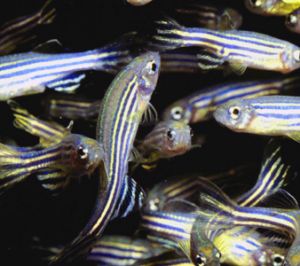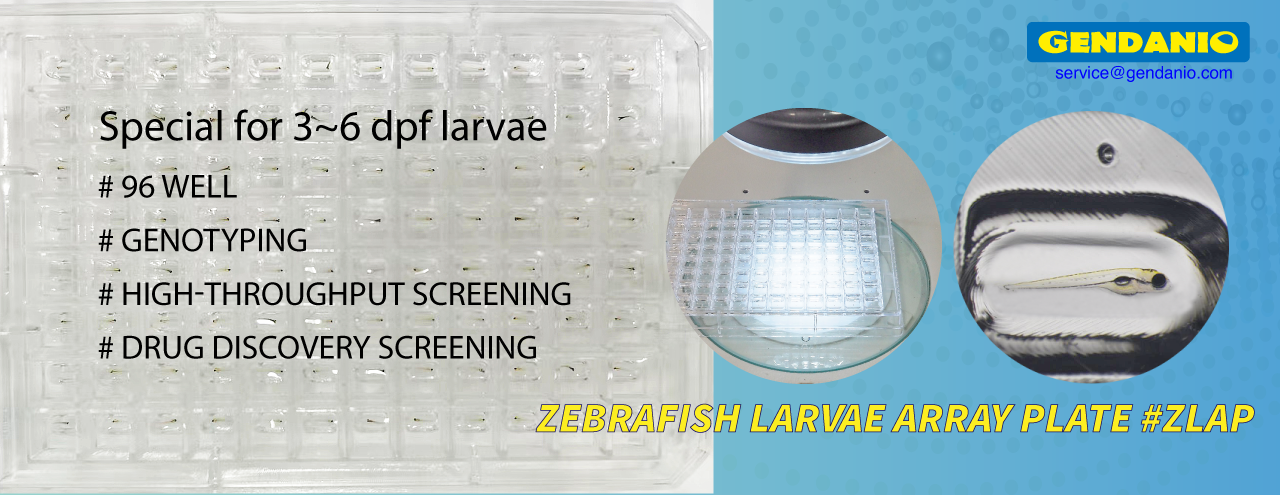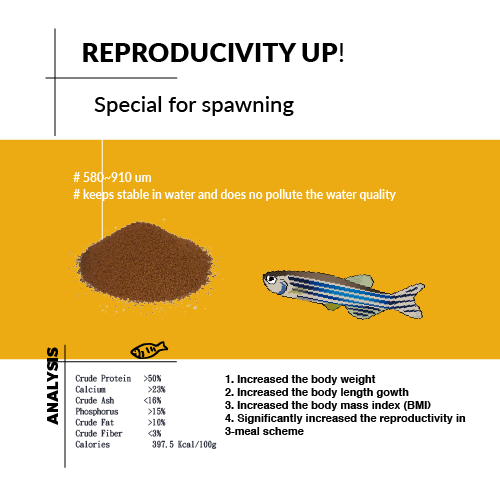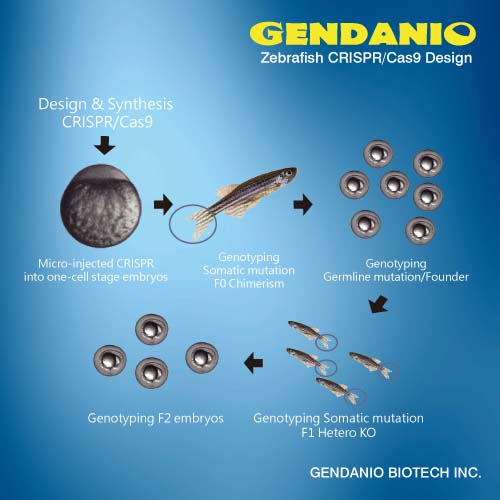"This has far-reaching and important potential for human disease," says lead researcher Peter Currie based at the Monash University in Melbourne. "One example is muscular dystrophy, a muscle wasting disease. We could have much better quality of life by preventing or reversing the process.
"Zebrafish have a very similar development process to humans, but they are better at repairing damaged muscle tissue. We want to use this ability to genetically manipulate muscle cells in humans," he added.
At only six centimetres long, the colourful fish have a surprising number of similarities to humans. The team is looking to uncover the mechanisms that the fish use in regrowing muscle, and then apply it to human medicine.
By comparing the development process for a genetically normal zebrafish embryo to that of a mutated embryo that can't regrow muscle, Currie hopes to find exactly what it is that starts the muscle repair.
If researchers can understand what starts muscular regeneration in the zebrafish, they can they work on adapting a similar process to humans. This would have countless medical applications, "Heart attack survivors could also benefit because their damaged heart muscle could regenerate," says Currie.
Watching development
Using the zebrafish as the basis for the research also has practical advantages. Like most fish, the embryos grow outside of their mother's body.
In addition, Zebrafish embryos are transparent. This allows scientists to watch the process of development clearly from the outside. All told, it only takes two days for the single celled embryo to become a hatchling.
"Understanding tissue regeneration in fish is perhaps the clearest path towards understanding whether human tissue could have the potential to regenerate," says Mary Ellen Lane from the department Biochemistry and Cell Biology from Rice University in Houston, USA.
"We can't know right now whether the big breakthrough that results in a medical application will come in six months, six years or 26 years. But it won't come at all without this kind of research," she added.
Source: cosmosmagazine
























